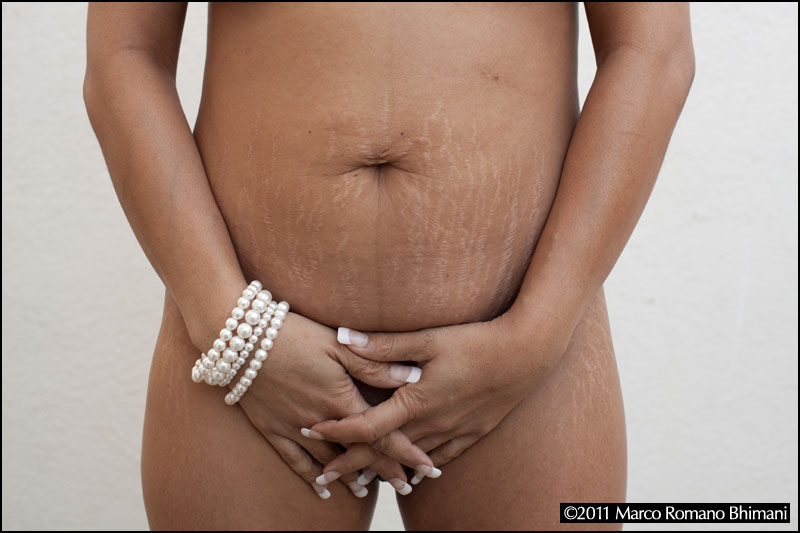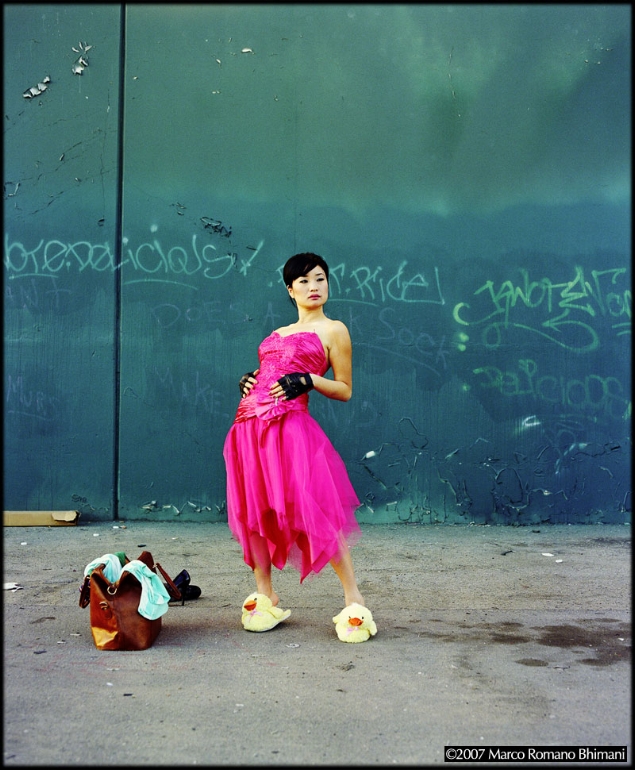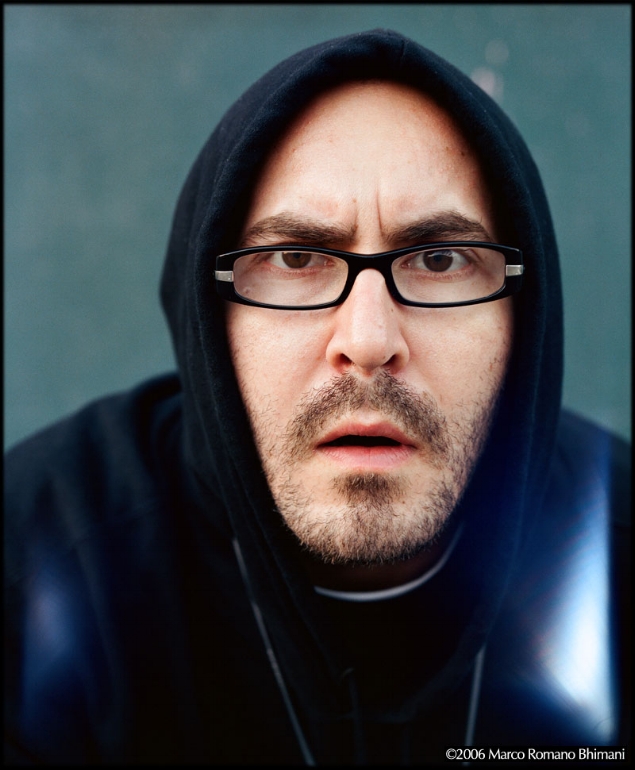MARCO ROMANO BHIMANI aka BASTARDARTIST: FILM OVER FOOD
Interview by Julian Lucas
Marco Romano Bhimani is no stranger to Los Angeles. He has been documenting LA life and beyond since 1993. Marco, also known as Bastardartist, has completed projects such as Children’s Medicine, The Green Wall Series, and My Los Angeles. Marco has created a history by documenting and building a cohesive body of work.
I’d sacrifice eating with buying and processing film. Making sure my refrigerator had more
film in it than food.
I have been following your work for many years now. I find your projects astounding and thought-provoking. You began your “photographic journey in 1993”. What was happening in your life during that time?
Thank you for your kind words.
In 1993 my grandma would come pick me up on the weekend from this group home in Reseda and bring me back to our apartment in Arcadia. Since I had no father-figure and I was really defiant, once I got home I took off for a few hours. I used to hop the wall in the back of the building, and this is when I first started to document the graffiti I did. I’d walk the tracks, look at all the graffiti, take pictures with a stolen disposables and write on things too.
At this same time, my biological mother had been in sex-reassignment meetings for a while now and had already been on male hormones.
I understand you completed a series documenting your mother’s sex-reassignment surgery. What was the length of time you documented the process? What inspired you to do something so profound?
The series isn’t totally complete… Since my mom and I haven’t been on speaking terms for a few years, I don’t know where he’s at with the second and final steps, which are the hysterectomy and the genital reassignment.
I took a trip with him to Florida in 2011 and he had the bilateral mastectomy, also called "top surgery" completed. I documented the trip with video and stills.
Since I had been savvy with a disposable/one-time use camera, my mom bought these and I documented an important part of the transformation. He was becoming more man-like in the face and was slowly growing a beard. This part is typically called the “second puberty”. Your voice will crack like a pre-teen and your body develops, or redevelops I suppose.
My other brothers weren’t really comfortable with their mother becoming a man. I was open-minded and it didn’t bother me, so naturally he chose me to photographs these intimate and tender moments.
Photography 24 years ago as opposed to its current state?
Damn. I really appreciated photography more when I found it to be pure and not saturated with hipster filth. In those two decades I’ve witnessed photography go down the tubes, so to speak. For one, there weren’t a lot of people calling themselves photographers, there wasn’t social media where these clowns readily declare themselves as photographers, directors of photography, directors, curators and the like…
These were terms and titles that people worked an entire career to achieve, moving up the ranks, being in the field, putting in work and learning along the way.
Technology is awesome, and this means anyone with a little money can go out and buy a gadget and make something. There’s nothing wrong with that, but put in 15 years of solid work before you just start titling yourself “photographer”, cause that’s just toy as fuck!
You were a part of the LA graffiti culture in the late 80's, early 90's. Any plans to exhibit your archives of the 90's graff era?
Yes, there’s plans to do so, but I have no intentions of doing it any time soon. It will make a nice book, but I’m in no rush to put it out.
I’ve photographed more than 500 people in front of this wall.
You were editing commercials at the young age of 20. What was your experience like when it wasn't common to find 20 something year olds doing such a job during the early 2000’s?
It was really dope, a good part of my life. I had dropped out of community college and worked for my buddy Mike in Hollywood. I learned how to edit on the Avid at his shop cutting my skateboarding videos. From there I was working at a boutique finishing house. We moved out to Santa Monica and after a few years the company wasn’t doing well. Everyone had left and I was there to man the machine, so to speak. I stepped up to the plate and did it.
You’re absolutely right, there were not a lot of young men in the same position, so I felt blessed and very proud.
How long have you been working on your project, The Green Wall Series? Why the green wall?
I started the Green Wall Series in 2006 and I continued shooting faithfully until about 2012. I’ve photographed more than 500 people in front of this wall. The Green Wall Series was about life and growth. I associate life and growth with the color green. The Green Wall changed every week and it was cool to see the differences. I shot many people over the years and it was cool to see them grow and change too. This was the basis of why I shot it in the first place.
While in the field, I recall a time when you almost crashed because you saw a dead dog in the middle of the street, which you had to photograph. Why an interest in photographing dead animals?
Haha! Good times.
It started when I stumbled upon these two dead dogs that I aptly named Oscar & Cynthia. I spent 10 months photographing their decomposing bodies. On a human level I felt disgusted, because the dogs were just dumped there like trash. There was no regard for them. Their lives were over, and they were just wasting away. It made me feel sad and disappointed both at the same time in my fellow man.
So, the interest lies in storytelling. I’d name them and make up stories about their lives. I think it helped me deal with them on more of a personal level and they could live forever through my photographs.
Tell us about FILM OVER FOOD.
FILM OVER FOOD was my life from 2005 to 2008. I’d sacrifice eating with buying and processing film. Making sure my refrigerator had more film in it than food. It was my life, my struggle and I created a lot of great street work at this time while residing in the MacArthur Park area of Los Angeles.
Documentary. Photojournalism. Portraiture. Filmmaking – If you could only choose one, which would it be and why?
That would have to be filmmaking, because I can roll up the other three into that category. I appreciate motion and sound, and the fact that you can incorporate stills into your piece. So, I’d definitely choose filmmaking.
You are very black and white when it comes to the technicality within photography. Is there ever a grey area for you?
Not really. I raised myself to have class and to do things a certain way. When I see others not doing it in this fashion, learning about master photographers that came before them and paved the way for them, it naturally agitates me. For me, this ultimately boils down to not taking photography for granted, to really love and be in touch with the art and creating meaningful work that will be relevant for generations to come.
Huck Magazine recently published an interview with photographer Clint Woodside and he stated, "What’s the point of keeping a stack of things in a closet – except that maybe you’ll be dead and someone will find it, like Vivian Maier. "Stuff in a closet is not going to do anybody any good."
Well, I’d have to strongly disagree with Mr Woodside. First of all there is never going to be another Vivian Maier. Second, this social media culture of shooting total crap on the weekend and putting it out on Instagram or in a zine two days later is not only silly, but it doesn’t foster the care and importance of taking your work seriously.
Personally for me, I have to sit down and brainstorm exactly what I want to do and how I’d like to convey that. I spend time researching my subjects before I even load my camera and shove it in their face. I have a good idea of how I want to go about producing the body of work. I’ll create an artist statement during the process, these keep my inline and on track with my project.
Don’t get me wrong, I love DIY stuff and self-publishing, I think it’s great. However, for me, I like to sit on my images and have a strong body of work before I submit to any contests or to any reputable galleries.
I’m sad to see young people thumbtacking their work onto a wall at some coffee shop for a one night show. Their images lack cohesiveness, they have no idea what their work is about, they’re lacking an artist statement and it’s not gallery backed. I think it’s absolutely toy and it’s something I am not willing to take part in.
You have been photographing for over 2 decades, why do you feel it's important to archive your images?
Archiving and asset management are paramount in keeping your work in order and easily accessible. I can type in keywords on my computer and pretty much find whatever I search for. This didn’t come easy. I’ve spent years and countless hours organizing my files for easy access. I still have a lot of work to do in this regard, but it’s something I chip away at every moment I get.
Visit Marco Romano Bhimani's website here.









